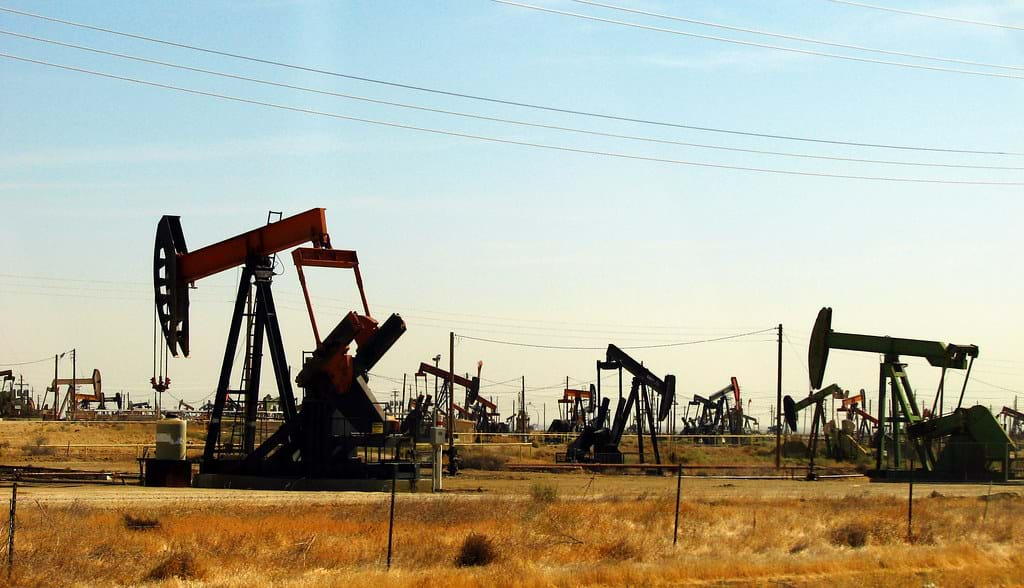
Summary
What are renewable and nonrenewable resources and how do we use them in our lives? Students reflect on their own use of resources and explore the equity of resource availability through interactive games. Students also explore how population growth affects resource use and distribution, and how engineers interact with and utilize natural resources.Engineering Connection
It's the responsibility of everyone to use Earth’s natural resources wisely. Engineers develop new resource technologies, such as more efficient ways to generate and distribute electricity from renewable resources. Environmental engineers design methods to clean up pollution created from using non-renewable resources like coal and oil. Bioengineers work with scientists to genetically modify food to provide more resources. Civil engineers design affordable and effective water filters for people to use when expensive water treatment plants are not yet feasible for communities to develop.
Subscribe
Get the inside scoop on all things TeachEngineering such as new site features, curriculum updates, video releases, and more by signing up for our newsletter!Unit Schedule
Suggested activity order:
More Curriculum Like This

In this lesson, students identify the Earth's natural resources and classify them as renewable or non-renewable. They simulate the distribution of resources and discuss the fairness and effectiveness of the distribution.
Copyright
© 2020 by Regents of the University of ColoradoLast modified: November 17, 2020





User Comments & Tips